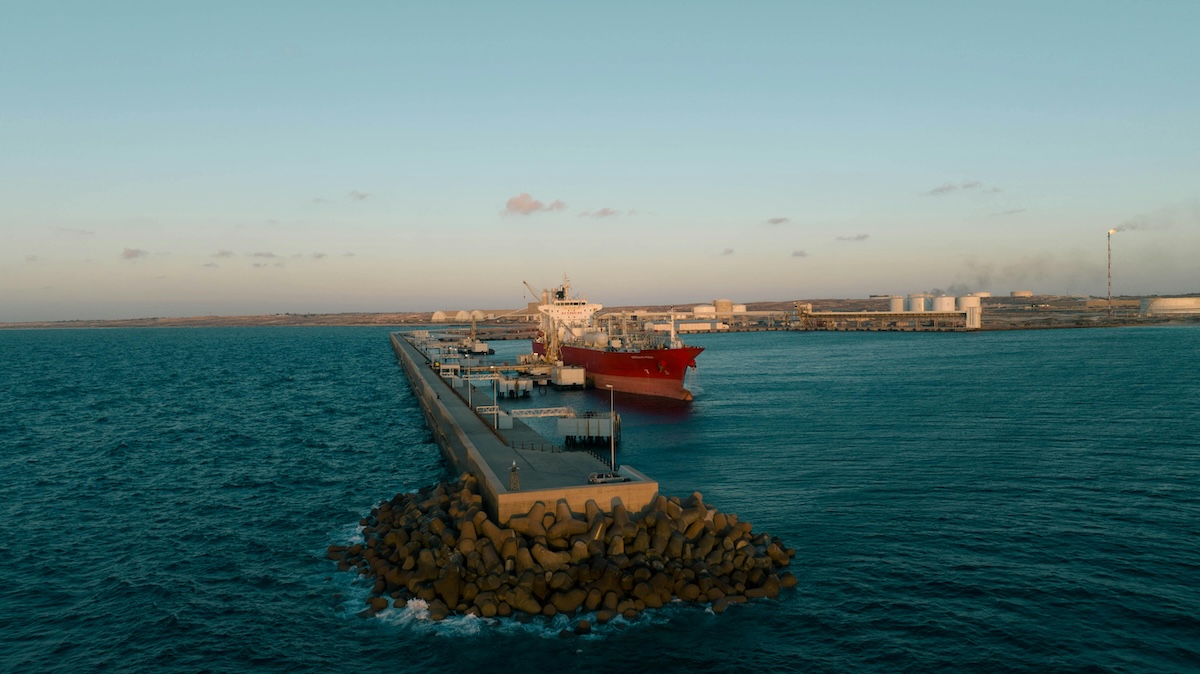Overcoming Compliance Transitions

Compliance is a constant challenge. Once you have invested the time and money to develop or update an Export Compliance Program (ECP)—complete with commodity classification, comprehensive policies, effective procedures, and tailored training—you must persistently guard your system against the potential damage of external and internal transitions. To understand these risks, let’s look at the differences.
Internal transitions are events inside your company that impact your compliance system, including:
- Loss of key employees that have export control responsibilities. All such experts should have trained back-ups so there is no single point of failure.
- Development of new products that might require export licensing, particularly if they involve controlled technology. All new products should be classified prior to possible sale but the latter category, that is, technologies, introduces numerous additional complications:
- Hiring of non-U.S. persons may require compliance authorizations (licenses) or firewalling their access to licensable information on the company intranet.
- Existing and new collaborations with 3rd party companies or organizations will undoubtably be complicated—right from the outset—if they involve licensable technologies.
- Hiring subcontractors, such as the experts who provide your IT services, cleaning crews, or physical security, will require an additional level of advance and ongoing diligence.
- Mergers and acquisitions pose challenges in the diligence phase, due to successor liability, and eventually in the integration phase when the two compliance systems must be combined and calibrated into one system.
External transitions are events outside your company that affect your compliance situation. You or your appointed compliance experts should keep your eyes and ears open, tracking these issues as they emerge and morph into reality, usually in the form of laws, regulations, and restrictions. Examples of such external transitions include:
- Regulatory changes occur for a variety of reasons. The most common is technological innovation, causing some items to be added to the control lists and other things to be removed or controlled less strictly. Changes come also under the label of “reform” as we have seen over past six years with numerous items moving from the USML to the CCL. This challenge requires ongoing attentiveness for all, particularly those in sensitive sectors such as newly designated “emerging and foundational” technologies.
- Sanctions and entity listing have become much more prominent in recent years, with high profile cases raising the stakes of violation and bringing dramatic attention to these forms of control. These issues are usually in the public eye, but they certainly warrant the purchase of a trustworthy screening solution and the development of procedures, automated or not, to ensure that all parties to your transactions are vetted early and often.
The critical objective is to avoid the sudden or gradual erosion that can be caused by one or more of these transition events. Most will occur, sooner or later, so it behooves the proactive Export Compliance Officer to build flexibility and resilience into the compliance system. Among the recommended steps:
- Ensure that all existing and proposed products are classified. If technologies are involved, and they are licensable, then the ECP should have a Technology Control Plan as a subset, dealing very specifically with the risks of technology transfers.
- Ensure that all policies and procedures are in writing, assembled in an ECP Manual, updated as needed, and made available to the staff via the company intranet.
- Ensure that the compliance system is assessed/audited regularly, ideally by an experienced 3rd party who is knowledgeable and objective.
- Ensure that everyone with compliance responsibilities has a back-up, trained in all aspects of the task. Furthermore, a description of those compliance duties should be included in their job description so that continuity is maintained if they are ill or depart.
- Ensure that the Executive team have a working knowledge of export control, enough to recognize those junctures where compliance considerations are critical. These would include the development of new product and markets, collaborations, subcontracting, and any M&A activity.
- Ensure that one or more experts are monitoring legal and technical developments in export controls, looking for events that might impact your company. Fortunately, there are numerous newsletters, conferences, and training events to make this task easier.
Beyond maintaining the safety of the status quo, the next step up is to develop a culture of compliance within which your staff and appointed experts take pride in the quality and effectiveness of their work. This is not easily achieved but it is the gold standard and well worth striving toward.
To learn more about building and maintaining your compliance system, please visit our web site, review our Compliance Services, or request a no-obligation exploratory call.
Click Here to learn more about CTP’s Export Compliance Services










